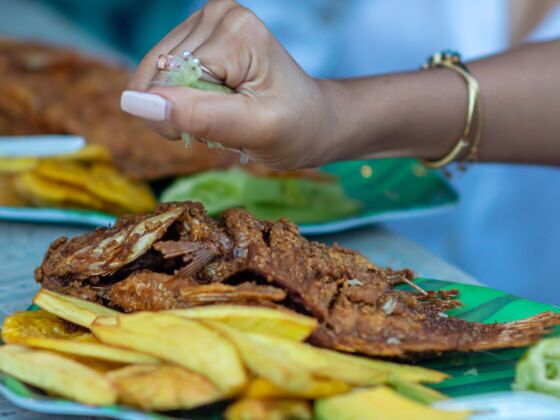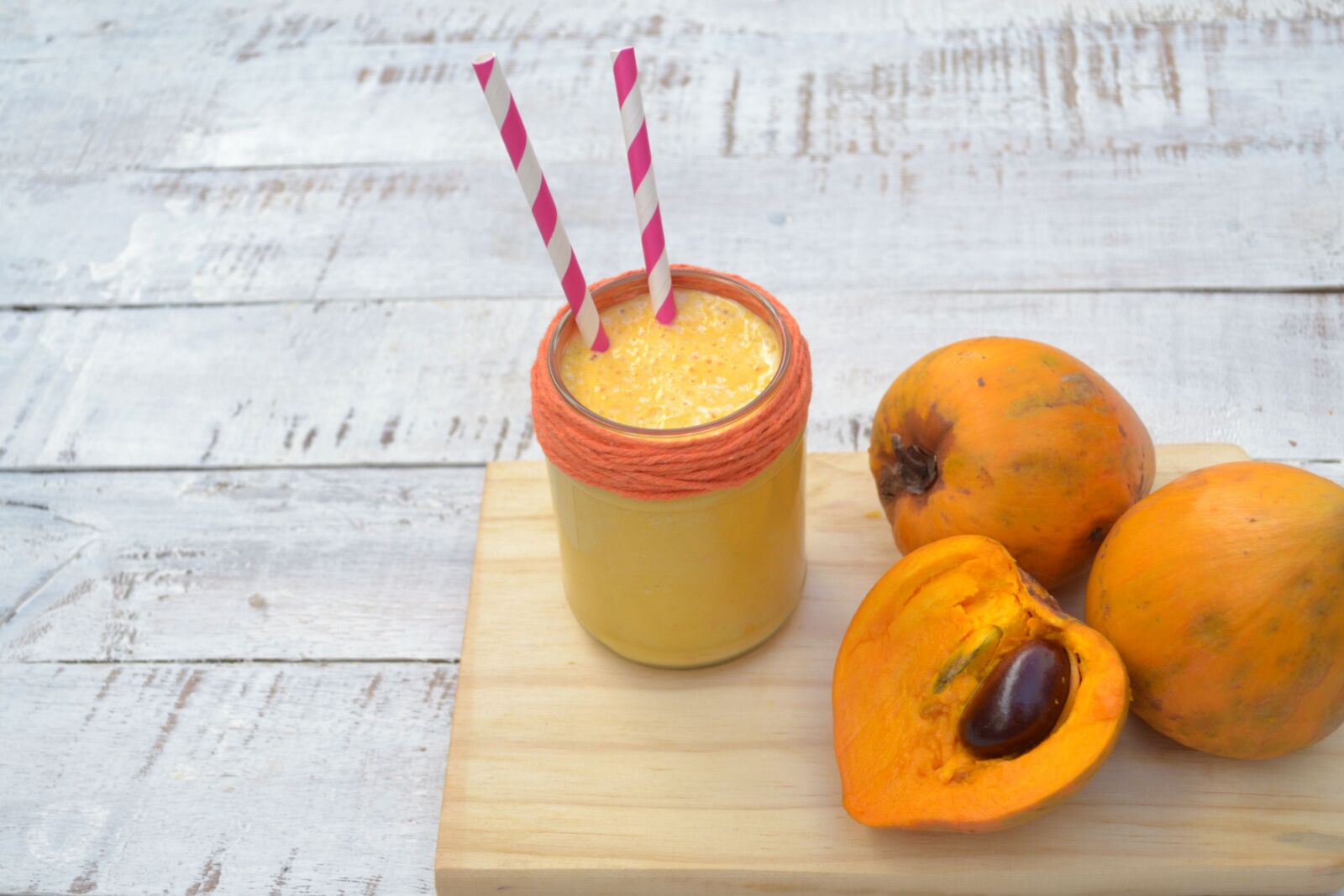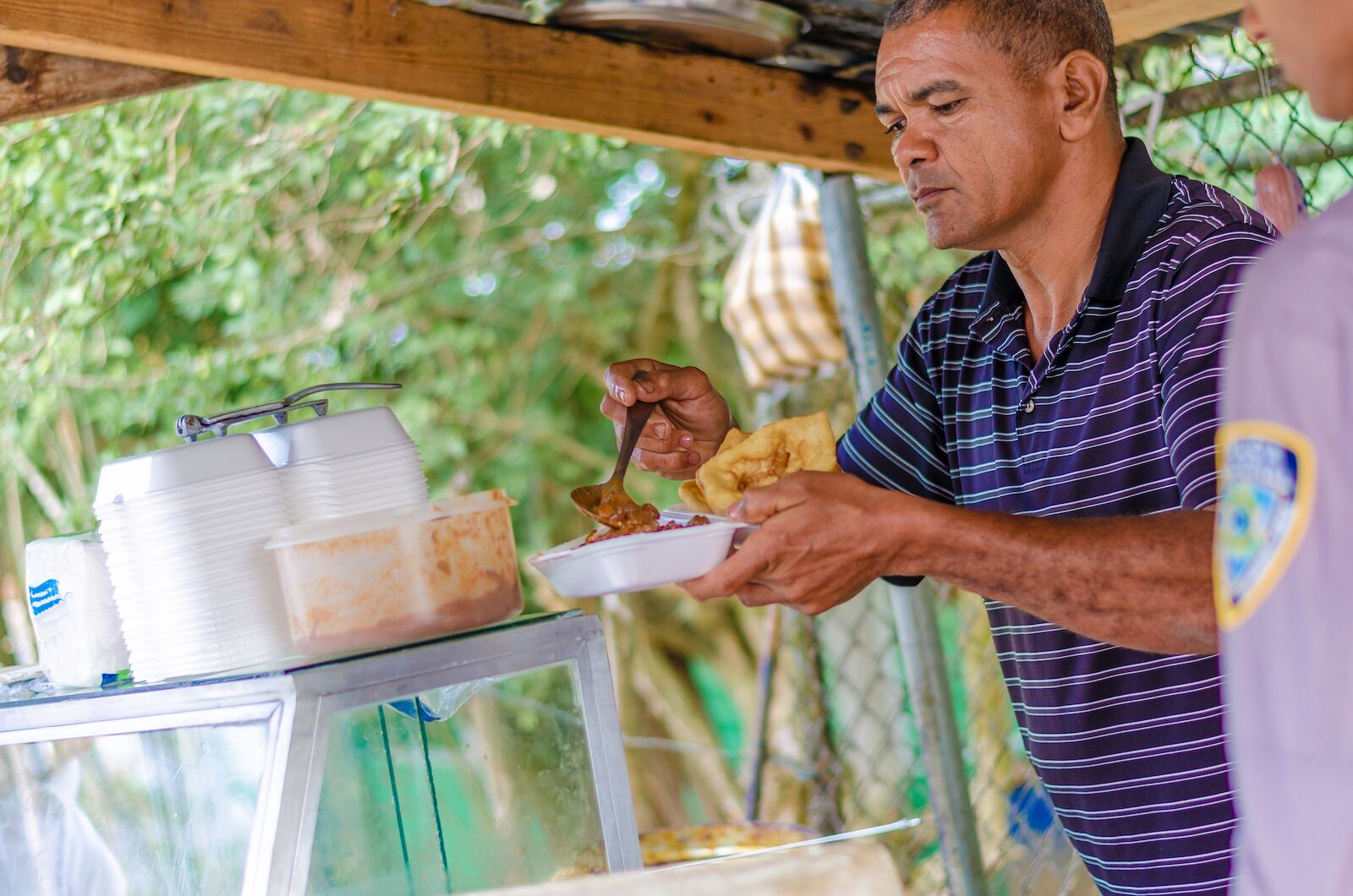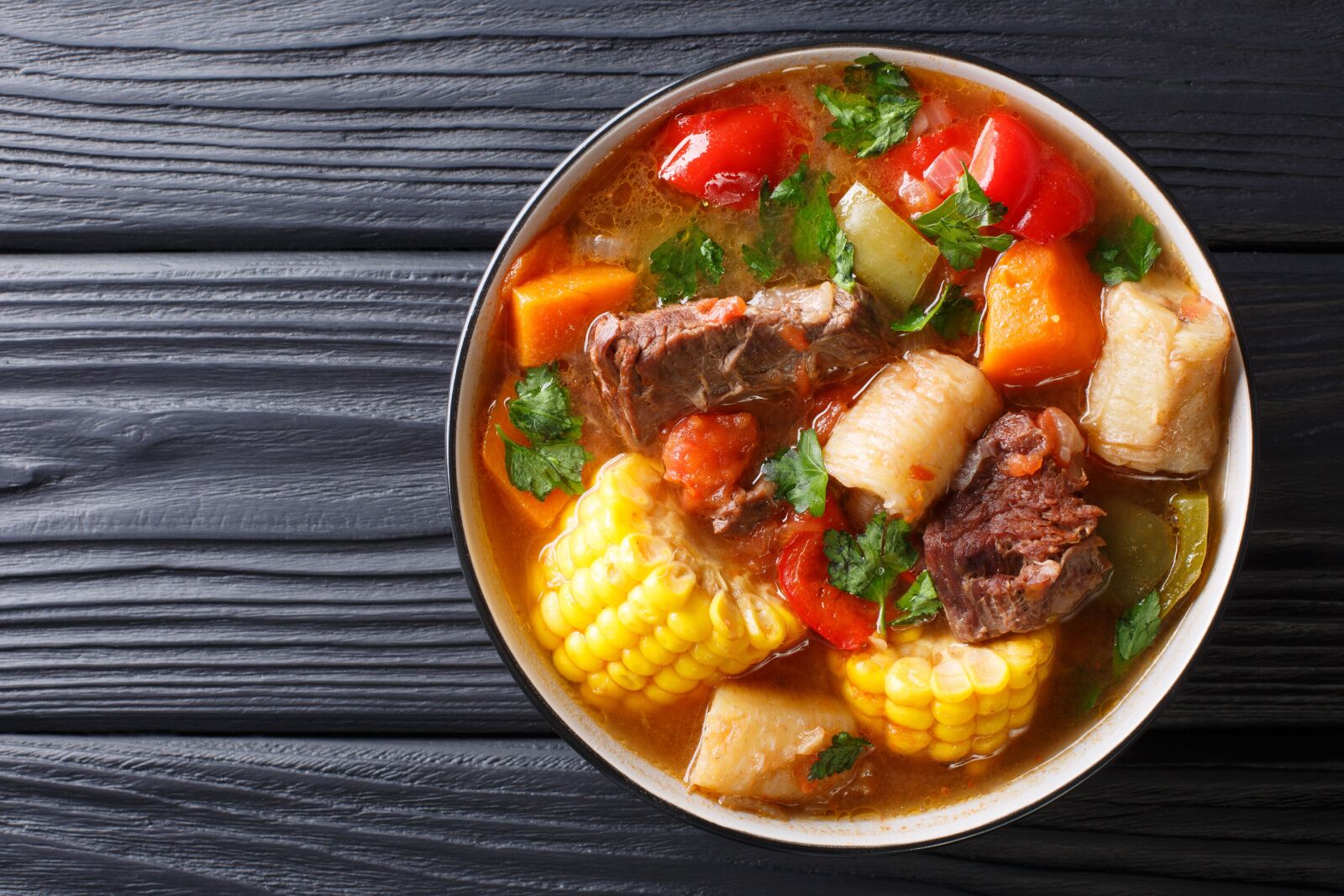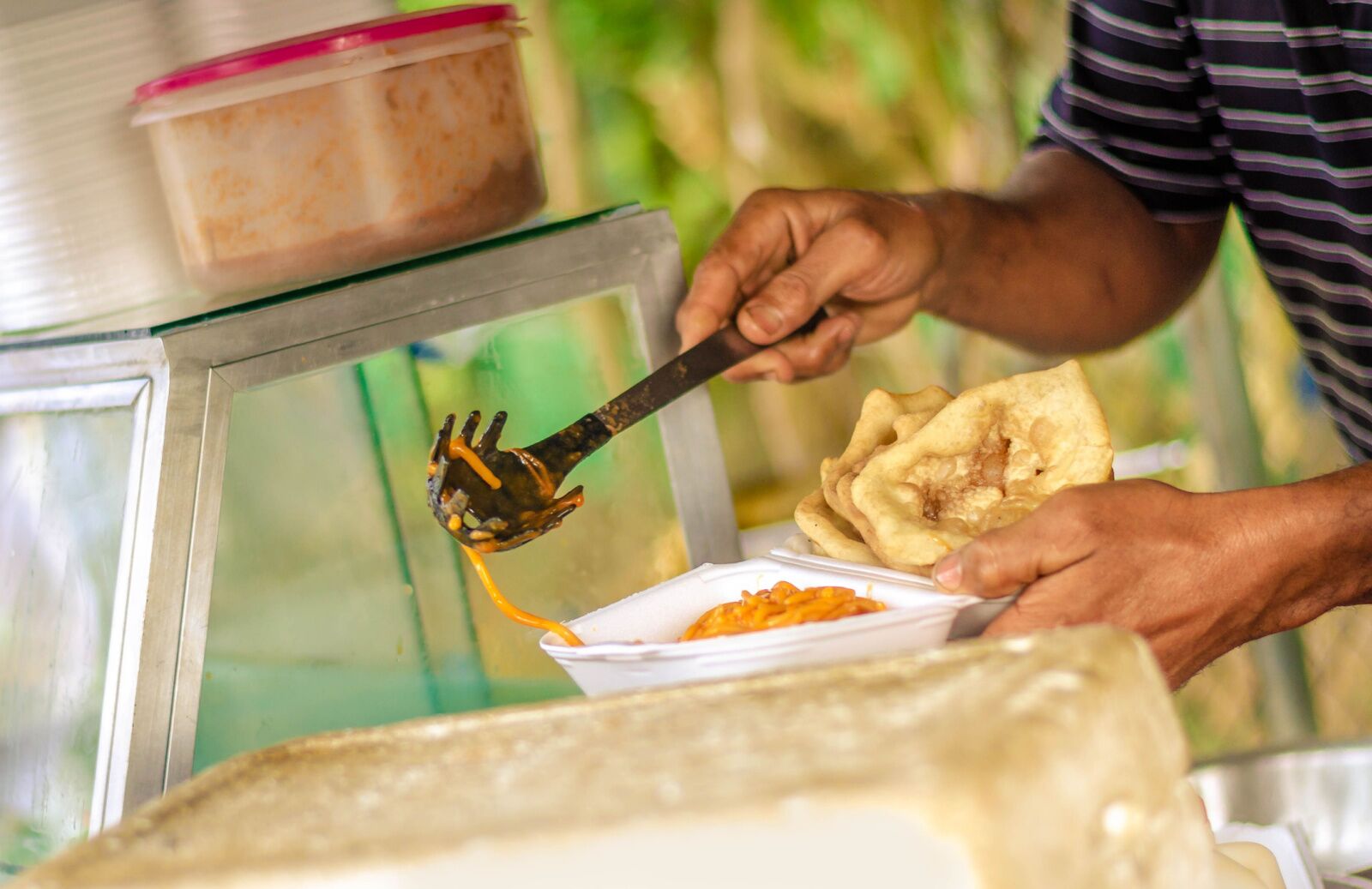The Dominican Republic is a Caribbean nation known for beautiful beaches, vibrant culture, and sweeping beach resorts around Punta Cana. Some travelers especially familiar with the D.R. may know it for colonial architecture in Santo Domingo, merengue and bachata music, or even its passionate love for baseball.
What everyone should know it for, however, is the cuisine. Dominican Republic food is fantastic and easy to find — all you have to do is pull yourself away from the fancy hotel restaurants and head straight to the streets to experience eating like a local. Sometimes, there’s nothing better than hot and fresh grub from a street cart after a long day at the beach or morning after experiencing some of the country’s vibrant nightlife.
